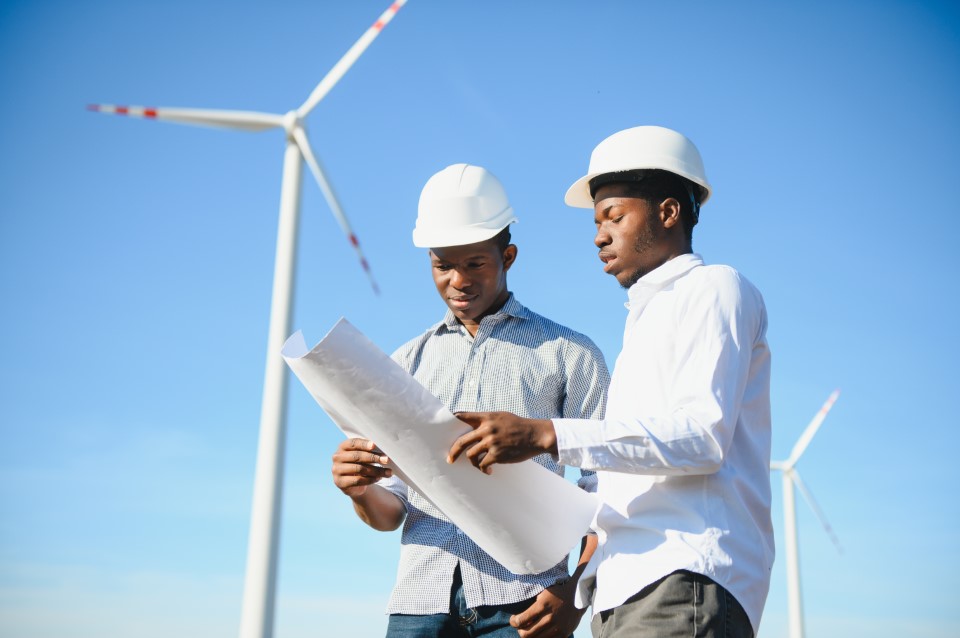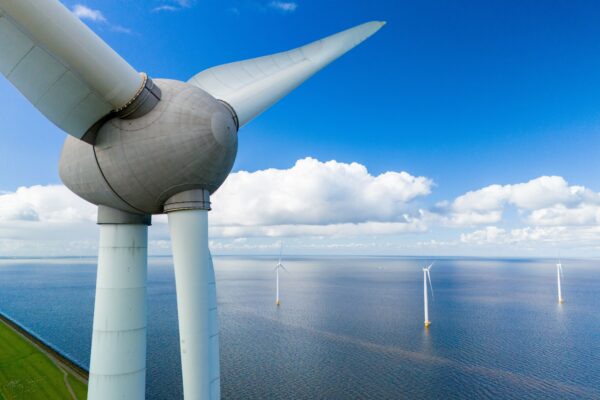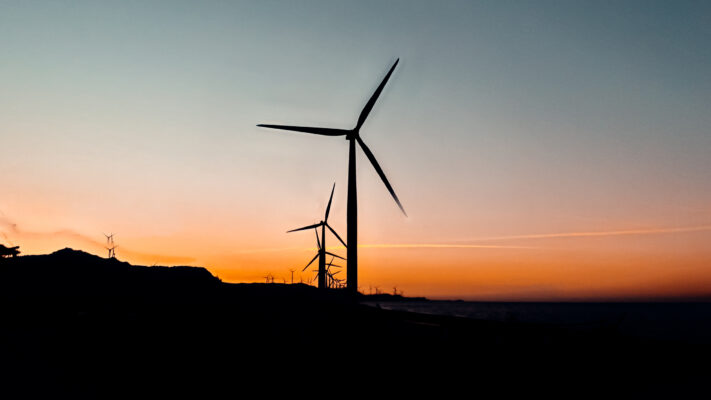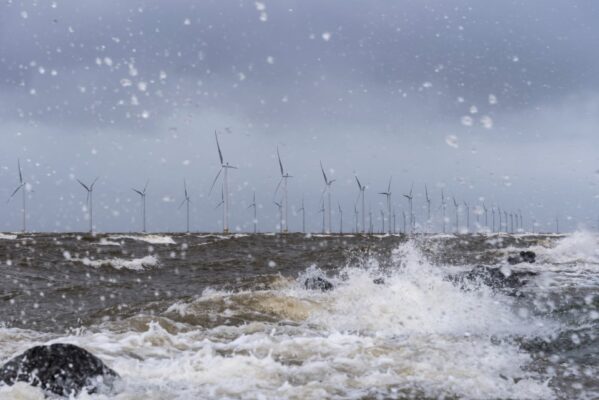Wind power is no longer the story of a few frontrunners. According to the GWEC Global Wind Report 2025, last year marked a historic high for global wind installations. But the real shift lies beyond the numbers: growth is expanding across new geographies, unlocking opportunities where wind was once barely a footnote.
China sets the pace, but others are watching
In 2024, China added 70% of the world’s new wind capacity. Its dominance comes from a mix of coordinated policy, large-scale manufacturing, and fast project execution. However, while China leads in volume, it is no longer the only market shaping the industry’s direction. Governments elsewhere are studying its model to adapt the principles to their own contexts, where priorities may include local job creation, resilience, or energy sovereignty.
Wind energy gains ground in new regions
In many parts of the world, wind energy is moving from ambition to action. Countries that once played a marginal role are pushing forward, powered by a mix of internal reform, foreign investment, and strategic necessity.
- Uzbekistan is emerging as Central Asia’s wind hub, with strong state backing and support from international lenders.
- Egypt is using global partnerships to reduce its dependence on gas and build a more stable power mix.
- Saudi Arabia is accelerating wind deployment as part of Vision 2030, with major utility-scale projects already taking shape.
- Vietnam and the Philippines are scaling up wind to meet rising demand and strengthen their grids.
- Across the Middle East and North Africa, governments are exploring wind’s potential, even as they face financial and regulatory barriers.
Momentum builds in Africa and the Middle East
Installed wind capacity in Africa and the Middle East doubled in 2024. After years of slow progress, the pace is finally picking up. Governments are beginning to view wind as a practical tool for power sector reform and rural electrification. In many regions, wind is the most viable way to bring reliable power to underserved communities. If policy remains stable and investment continues, the region could see sustained growth through to 2030 and beyond.
Europe holds steady with long-term consistency
While Europe’s growth is less dramatic, it remains deeply rooted. The region continues to benefit from mature policy frameworks, a strong offshore pipeline, and institutional support.
- Germany approved 11 GW of new onshore wind in 2024, a 70% increase over the previous year. This expansion aims to strengthen energy security and support domestic industry.
- The United Kingdom reaffirmed its targets of 50 GW offshore and 30 GW onshore by 2030. Recent reforms under the Clean Energy Mission are focused on streamlining deployment and reducing bottlenecks.
Europe still leads in market design, permitting, and grid access. While others are catching up in scale, its regulatory leadership remains unmatched.
The path forward: more countries, deeper commitment
The geography of wind power is changing. Growth is no longer concentrated in a few traditional markets. From Southeast Asia to North Africa, and from the Gulf states to Central Asia, new actors are entering the scene with credible strategies and bankable projects.



